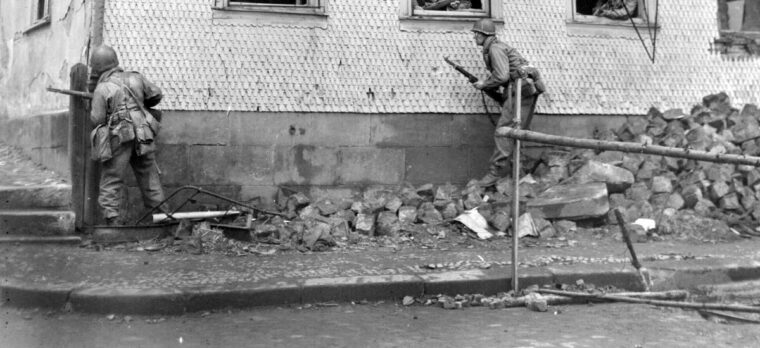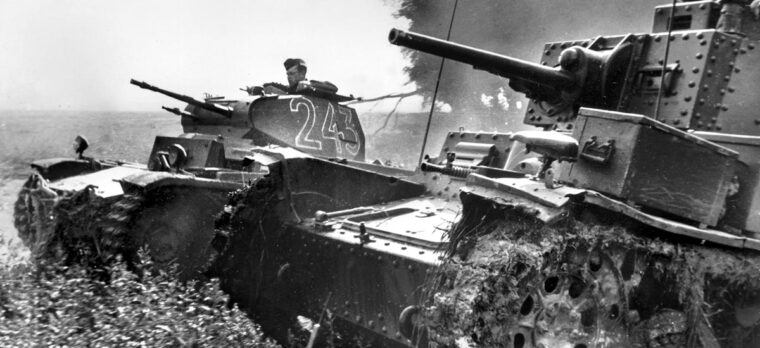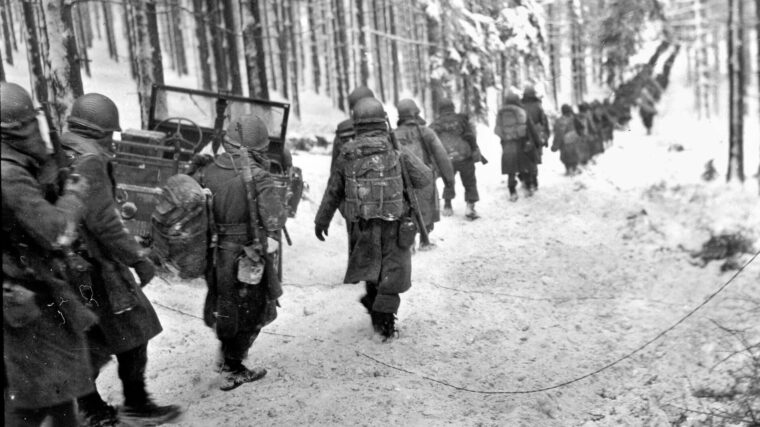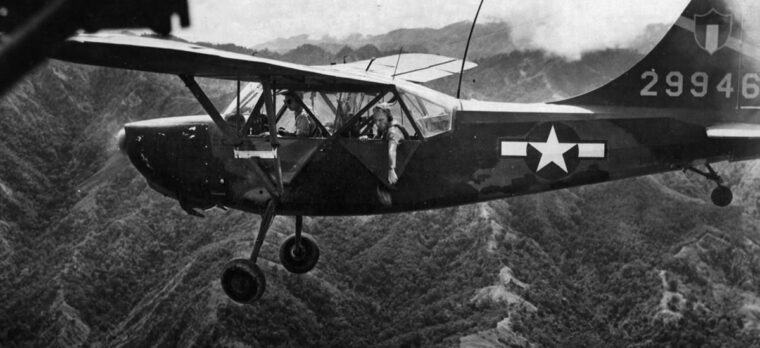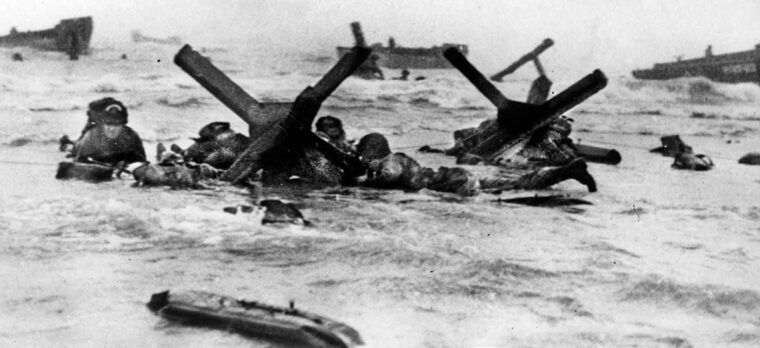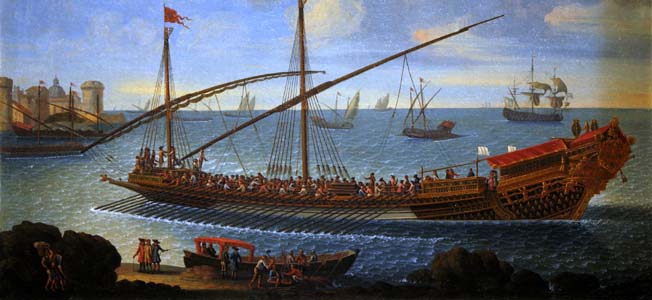
European Theater
German Spymaster Reinhard Gehlen
By William F. Floyd, Jr.When Colonel-General Heinz Guderian, chief of the German General Staff, presented German leader Adolf Hitler with estimates of Russian strength for Operation Barbarossa, Hitler declared that the numbers were “completely idiotic” and “pure bluff.” Read more







